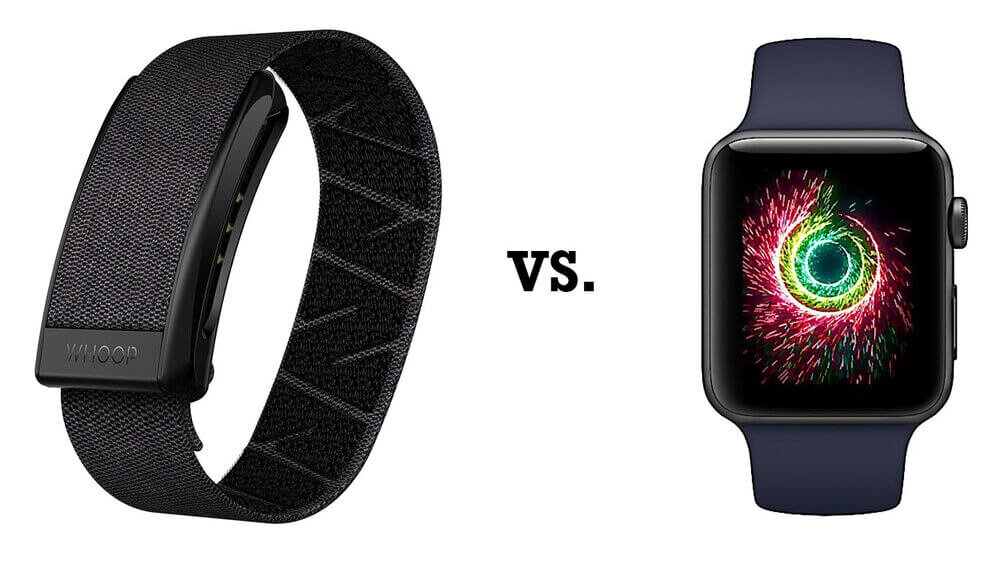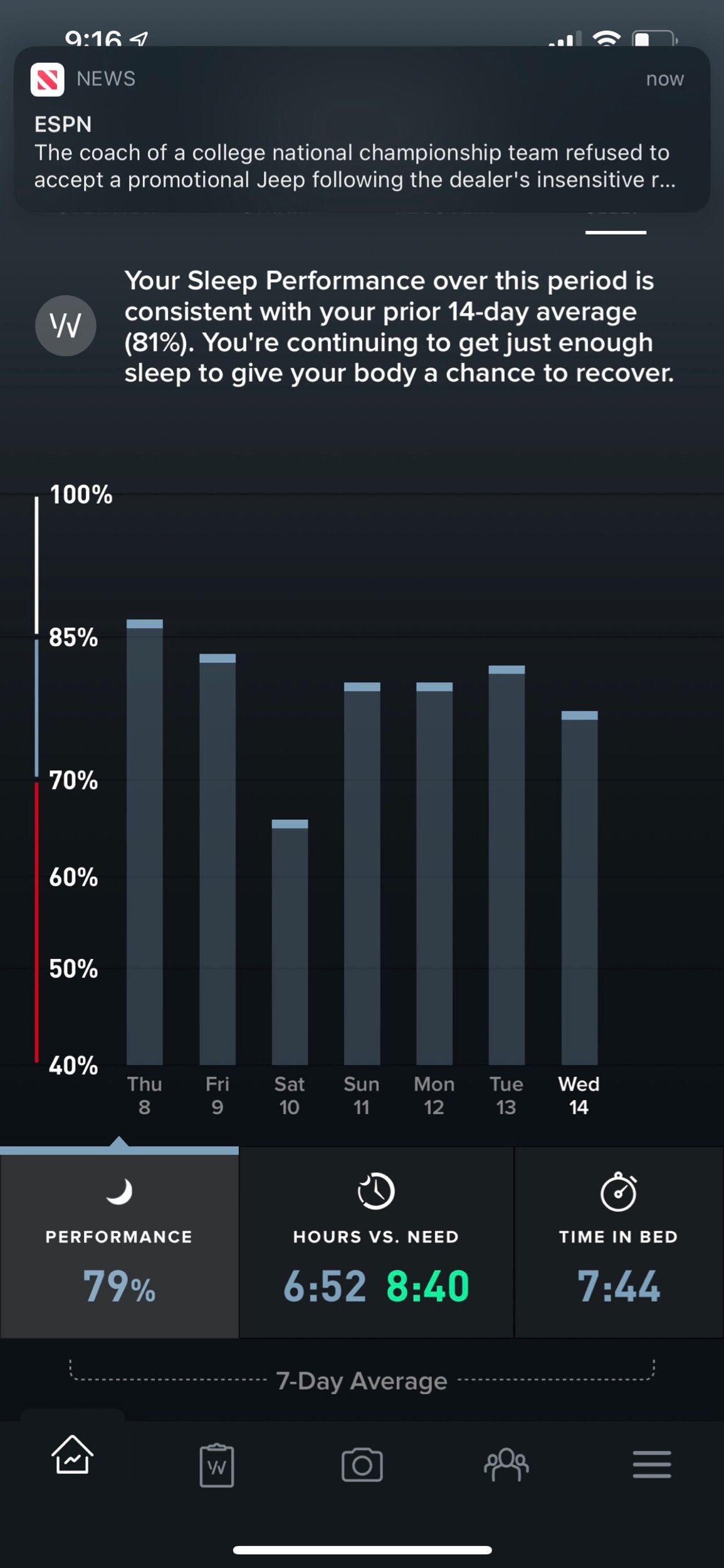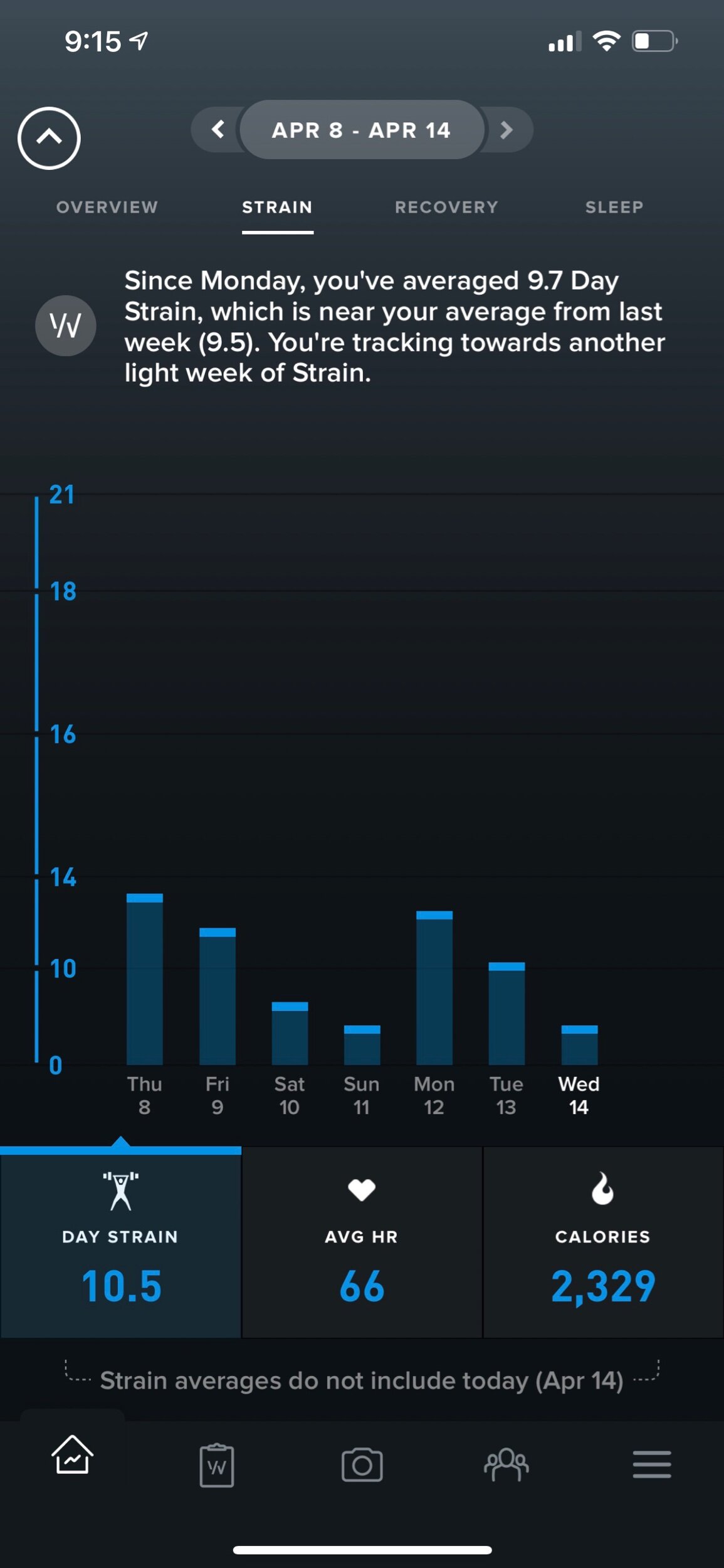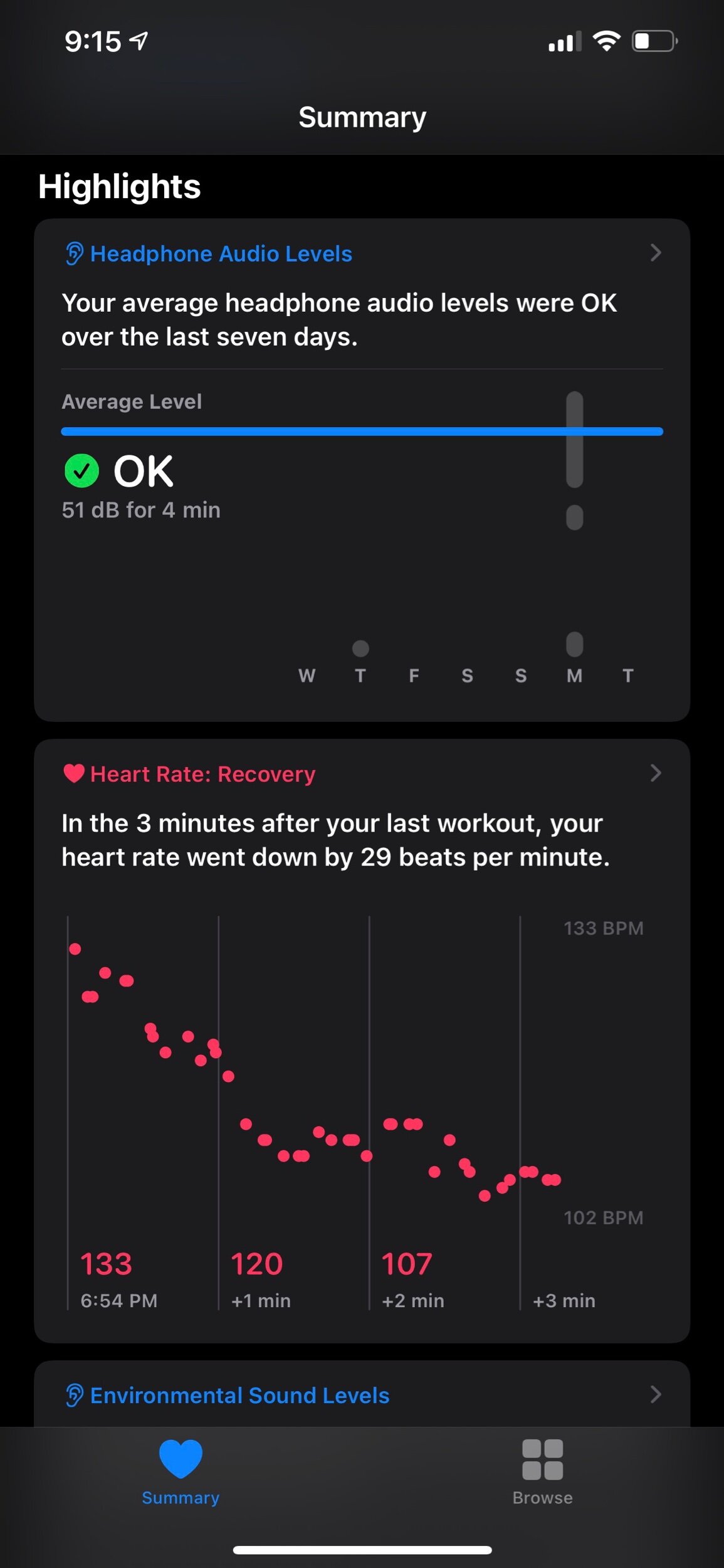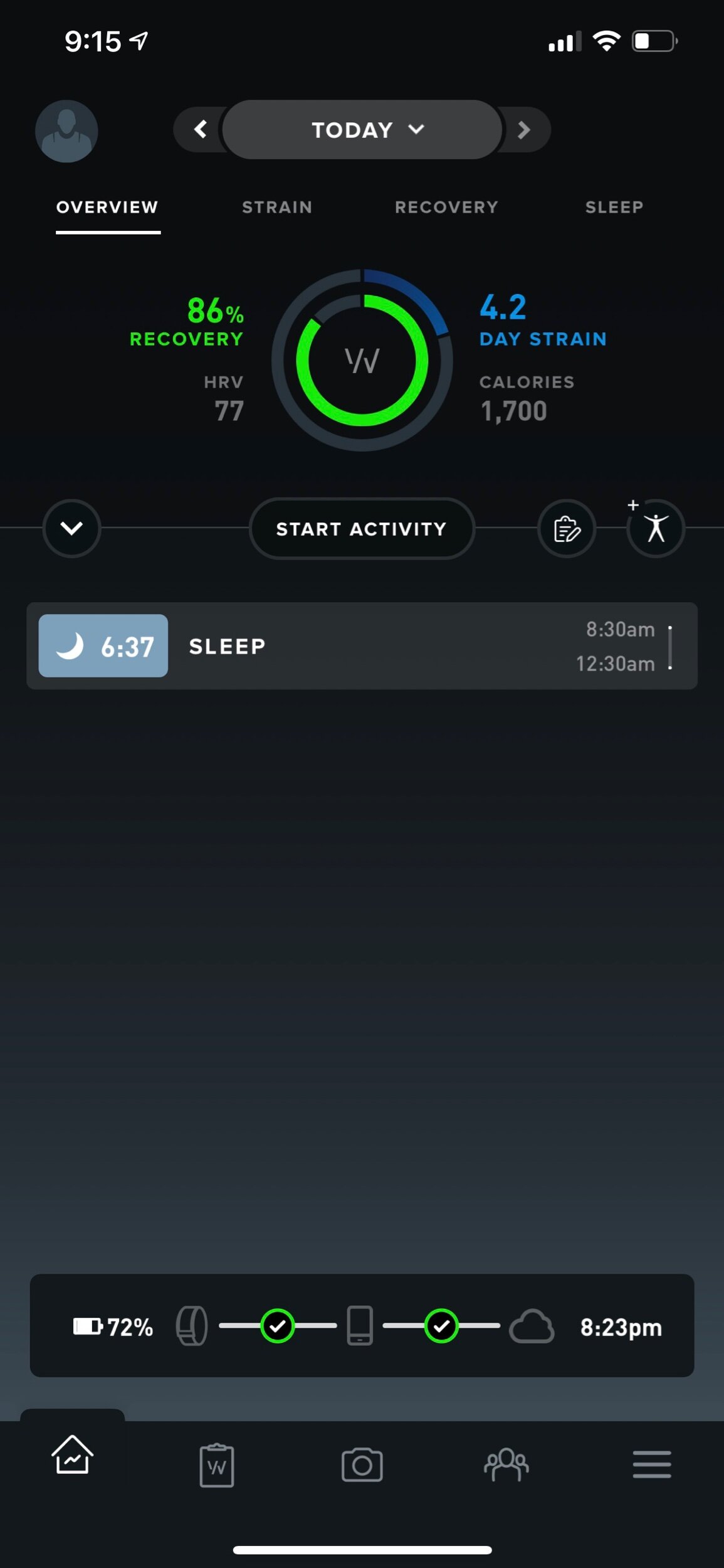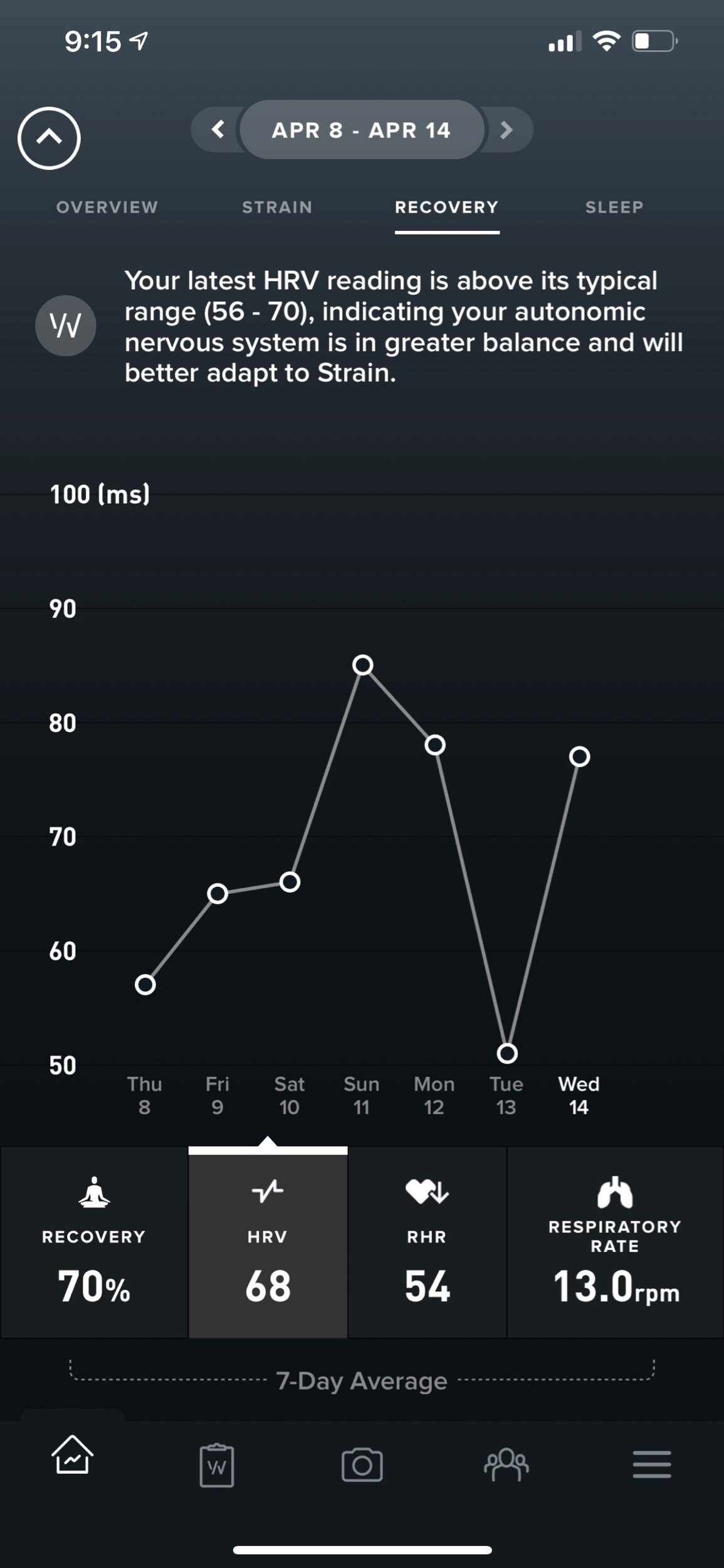Whoop Band vs. Apple Watch
The past year has placed the importance of health front and center in many of our lives. As part of that renewed focus, fitness trackers have become more critical than ever in helping us track the key metrics and activities that contribute to better overall health.
As technology and data science have advanced, these trackers have become more powerful and helpful. It also has made it more challenging to pick the right tracker for you. In fact, you may be debating between the Apple Watch and Whoop Band 3.0.
I'll do my best to point out the most significant differences, and while I won't pick a winner, I hope you'll have the information you need to make a decision.
Whoop vs. Apple Watch
I'll give you the TL;DR - the Whoop Band and Apple Watch aren't this or that wearable devices shouldn't be treated as such. In fact, I wear both daily because they serve different purposes for me.
While Apple did not initially launch its watch as a fitness device, it quickly pivoted once it realized its capabilities as a health tracker. On the other hand, Whoop's mission since its inception has been to "unlock human performance" by analyzing the physiological data collected by its wearable.
Reviewing wearable fitness trackers can lead you down a rabbit hole pretty quickly, so I'm going to focus on the factors that I think matter most to most users: Style + Design, Tracking, Software Interface, Price.
So let's get into it.
Price
Let's just get pricing out of the way.
The Apple Watch's price ranges from $199 for the most basic model to $1399 for the Hermès edition.
Whoop has taken a different pricing route, choosing a membership model that costs $30/month (six-month commitment required), with discounts if you agree to a longer membership length. The cost of the tracker is included in your six-month commitment.
Style and Design
Let's start with the most obvious.
The design of the two trackers couldn't be more different.
First, the obvious, the Apple Watch, is, well, a watch and a beautiful one at that (in my opinion). It comes in two sizes, 40mm and 44mm, and features a retina screen that allows you to display more than just the time. The Apple Watch also monitors your heart rate, blood oxygen levels and features an ECG app. Finally, it's swim-proof and water-resistant to 50m.
The Whoop 3.0 is the complete opposite. The tracker itself is a simple black slab with a heart rate sensor and three LED lights that allow you to check the battery level. There is no display of any kind, and it doesn't do notifications.
The Apple Watch display can be customized with hundreds of watch face and complications, and there are dozens of watch band options in different colors and materials.
The Whoop Band, on the other hand, offers a handful of different band and clasp options. Whoop has does a better job of offering more styles and colors of bands recently, releasing several new colors and even some limited-edition collaborations.
I feel the need to mention that the clasp on the Whoop Band is absolutely terrible, and I struggle to take the band every day. It's so bad that I've resorted to using a coin to release the clasp. I also don't think it's a one-off issue because I've experienced it with multiple straps.
Tracking and Data
Both the Apple Watch and Whoop Band track heart rate, heart rate variability, sleep, and activity. The Apple Watch Series 6 also includes a blood oxygen sensor, although it's more novelty than a reliable sensor.
Notably, the Whoop Band does not track steps. Instead, Whoop chooses to group all of your activity under a metric they call Strain, and this really where the two devices differ the most.
While both devices track many different metrics, they have chosen very different paths for sorting and conveying the data to the end-user.
While the Apple Watch is happy to track plenty of metrics and display them in their Health app, it's almost impossible to turn them into actionable steps unless you already know what you're looking for and what the data is telling you.
In some cases, like with sleep tracking, the Apple Watch gives the impression that the feature was included just because. The sleep data it collects may be good, but the way they have chosen to present it to me makes it useless and difficult to act upon.
Meanwhile, Whoop has chosen to take all of the data it collects and funnel it into three main focus areas: Sleep, Strain, and Recovery.
Whoop Sleep measures sleep quality, efficiency, and consistency. The Sleep Coach even tells you exactly how much sleep you need to reach your desired performance level the next day.
Whoop Recovery calculates your recovery based on 4 physiological markers: Heart Rate Variability (HRV), Resting Heart Rate (RHR), sleep, and respiratory rate. Recovery is split up into three zones: Green, Yellow, and Red. You can learn more about what goes into their Recovery score by visiting their site, but suffice it to say that the zones mean precisely what you think they mean.
Finally, Whoop Strain measures all of your daily activity, whether that be a lazy day on the couch or a 5-mile run, 3 workout kind of day.
In my experience, the Whoop Band is a much better device for anyone looking to exercise and train at a higher level. Its focus on Sleep, Recovery, and Strain also makes it much easier to understand and act upon all of the data it gathers from you.
The Health App vs. Whoop App
While this area will tend to lend itself to personal preference, I have found the Whoop App to do a better job of translating data into both understandable and actionable insights. Apple’s Health and Fitness Apps do a great job of displaying your data as well, but that’s about all they do.
I'm including a few screenshots of each app so you can get an idea, but again, in my opinion, the Whoop app does a much better job of turning your data into something you can act on.
Extras
The Apple Watch does come with a few extras that Whoop does not offer, which may be worth it for you.
The Apple Watch includes a compass and altimeter, which measures elevation gains and drops. This may be a nifty feature for hikers or anyone that spends a lot of time exercising outdoors.
Additionally, and perhaps more importantly, the Apple Watch includes GPS on all of its models.
And while I haven't touched on them in-depth here, the Apple Watch also provides other features like fall detection, Emergency SOS, and cellular connectivity.
Finally, the Apple Watch also gives you access (and a free 3-month trial) to the recently released Apple Fitness+, Apple's foray into the fitness class world.
The Whoop Band does not offer any of these extras.
The Wrap Up
As I mentioned earlier, I don't believe the Apple Watch and Whoop Band 3.0 are interchangeable devices.
Both are fully capable fitness trackers, and if you've made it this far, I will keep it short:
If you're really (or looking to be) serious about improving your physical fitness, you will be pretty happy with the Whoop Band, thanks to its focus on making sure you are training optimally.
On the other hand, if you're looking for a device that offers plenty of features and includes an apt fitness tracker, well the Apple Watch is probably the perfect choice.
I hope this guide has helped make your decision a little easier, but if you have any questions feel free to reach out, I'd love to chat!

